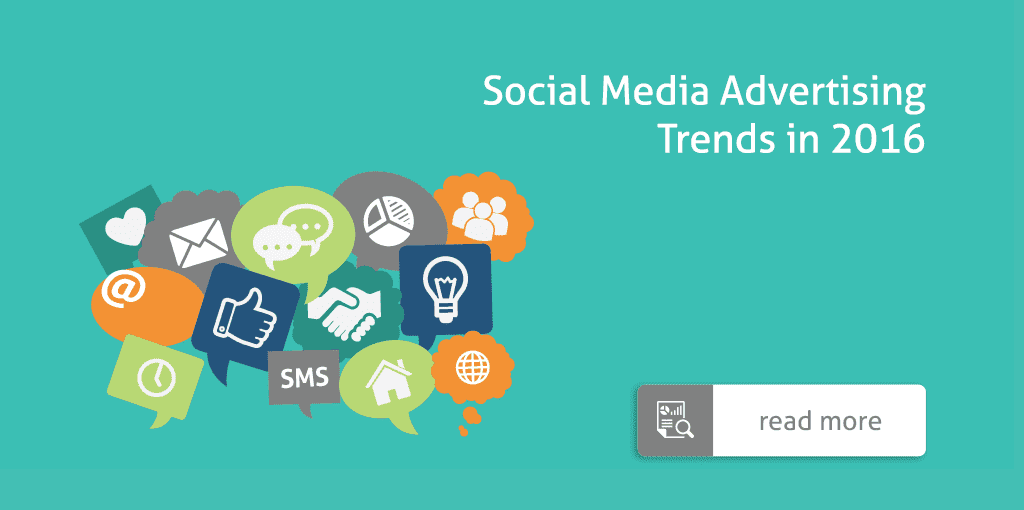With a study from Informate Mobile Intelligence indicating that Americans check their social media accounts an average of 17 times per day, it’s no wonder that advertisers are spending billions to reach these users.
In 2015, advertisers began seeing a huge growth in social media influencers, small social media platforms and even live video platforms.
Before businesses decide to invest more money into these marketing tactics, it’s important to understand how 2016 will change these social media advertising trends.
Reassess the Value of Social Media Influencers
When research emerged that social media marketing was 11 times more effective than banner advertising, many digital marketers devoted a large portion of their advertising budget to sponsored posts from social media celebrities. Researchers also found that Millennial and Generation Z social media users value recommendations from celebrities and friends over traditional advertising. These age groups believe that social media recommendations are more authentic, so they are more likely to listen to them.
However, some advertisers are questioning the actual return on their investment. Citing inflated salaries and a decline in the quality of these so-called social media influencers’ posts is something we have been seeing lately.
Digiday reported that in 2014, executives might spend $2,500 to have a week’s worth of edited images for advertising purposes. Now, top YouTube video bloggers may receive $300,000 or more. There’s also the risk of a backlash, as social media users are bombarded with more and more influencers, they’ll eventually be willing to promote anything that offers them a paycheck.
While 2015 saw the rise of social media influencers, 2016 will see smart advertisers limiting how much they spend on this type of advertising. With Instagram instituting a new algorithm-based feed methodology in 2016 and other social media sites following Instagram’s lead, users will see fewer influencer ads. Advertisers will still seek marketing help from popular photographers and other artists that can offer more than the social media influencer label.
Watch for New Advertising Opportunities From Smaller Social Media Platforms
Facebook continues to be the king of social media, but social media newcomers offer advertisers new tools that yield a better return on their investment.
Pinterest’s Ad Manager saw remarkable growth in 2015, but in 2016 the visual social media site opened its Promoted Pins to small and medium-sized businesses. With this shift, every business can use interest, keyword and customer database targeting to reach its ideal consumer as well as sophisticated tools for conversion tracking.
Snapchat was the third most popular social media app among teens in 2015, and its popularity should remain steady throughout 2016. But with so many social media channels coming into fruition today, the advertising competition will continue to increase. In 2015, a clever filter may have been enough to advertise a brand, but now advertisers must use Snapchat to explore other ways of interacting with users.
Advertisers have found success with company-sponsored competitions that require user-submitted videos, limited-time teasers for new products and videos series that employ narrative techniques.
Use Live Video Platforms to Form an Advertising Identity
In 2015, live video platforms had the novelty factor to attract users to marketing campaigns, but no guarantee that this new trend would last. Now with Facebook, Twitter and Google investing heavily into live video, advertisers should think about how best use this new social media frontier. One possible avenue is using native advertising to create a strong product identity in the minds of live video viewers. Consumers will watch and share video advertising if it manages to be authentic and entertaining.
Marketers should also watch how in-stream advertising gets integrated into live video during the upcoming year. Facebook pledges to offer this advertising option to live video publishers, which could give marketers an opportunity to insert advertising into longer live events.
Successful advertisers recognize that it’s not enough to embrace social media’s newest trends; they must predict how marketing will evolve. Social media delivers a vast and dedicated audience to marketers, but there are no guaranteed strategies to reach these diverse users.

